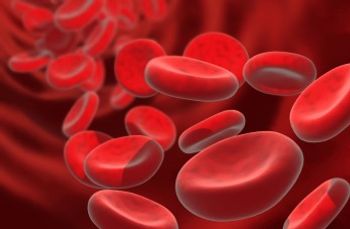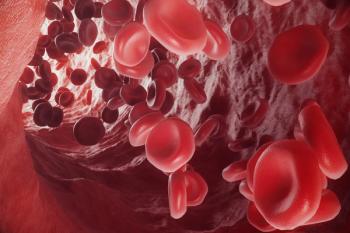
- ONCOLOGY Vol 22 No 10
- Volume 22
- Issue 10
FDA Approves Oral Palonosetron for Prevention of Acute Chemotherapy-Induced Nausea and Vomiting
The US Food and Drug Administration (FDA) has approved a new oral formulation of palonosetron hydrochloride (Aloxi) for the prevention of chemotherapy-induced nausea and vomiting (CINV). Oral administration of palonosetron capsules is indicated for the prevention of acute nausea and vomiting following initial and repeat courses of moderately emetogenic chemotherapy. A single 0.5-mg palonosetron capsule is administered approximately 1 hour prior to the start of chemotherapy.
The US Food and Drug Administration (FDA) has approved a new oral formulation of palonosetron hydrochloride (Aloxi) for the prevention of chemotherapy-induced nausea and vomiting (CINV). Oral administration of palonosetron capsules is indicated for the prevention of acute nausea and vomiting following initial and repeat courses of moderately emetogenic chemotherapy. A single 0.5-mg palonosetron capsule is administered approximately 1 hour prior to the start of chemotherapy.
Palonosetron, a 5-hydroxytryptamine-3 (5-HT3) receptor antagonist, has been available in the United States for intravenous administration since 2003 for the prevention of acute and delayed nausea and vomiting associated with initial and repeat courses of moderately emetogenic chemotherapy, and for the prevention of acute nausea and vomiting associated with initial and repeat courses of highly emetogenic chemotherapy. A single 0.25-mg intravenous dose is administered approximately 30 minutes before the start of chemotherapy.
About CINV
Research has shown that patients with cancer consider CINV among the most dreaded side effects following therapy. Despite prophylactic antiemetics, on the day of chemotherapy, about 30% to 45% of patients experience nausea or vomiting or require rescue therapy following administration of moderately emetogenic chemotherapy. Failure to control acute nausea and vomiting on the first day of chemotherapy will increase the risk of nausea and vomiting on subsequent days and in subsequent cycles of chemotherapy.
Palonosetron is contraindicated in patients known to have hypersensitivity to the drug or any of its components. No adverse reactions occurred with a frequency greater than or equal to 5% for the 0.5 mg oral dose. The most commonly reported adverse reactions were headache (3.7%) and constipation (0.6%).
Palonosetron prescribing information is available at
Articles in this issue
over 17 years ago
Neoadjuvant Chemotherapy for Ovarian Cancer: The Debate Reconsideredover 17 years ago
The Many Challenges of Neoadjuvant Chemotherapy for Ovarian Cancerover 17 years ago
Management of Locally Advanced or Unresectable Head and Neck Cancerover 17 years ago
Appropriately Aggressive Management for a Rare Cancerover 17 years ago
Rapidly Growing Options for Advanced Head and Neck Cancerover 17 years ago
Graviola (Annona muricata)Newsletter
Stay up to date on recent advances in the multidisciplinary approach to cancer.

















































































